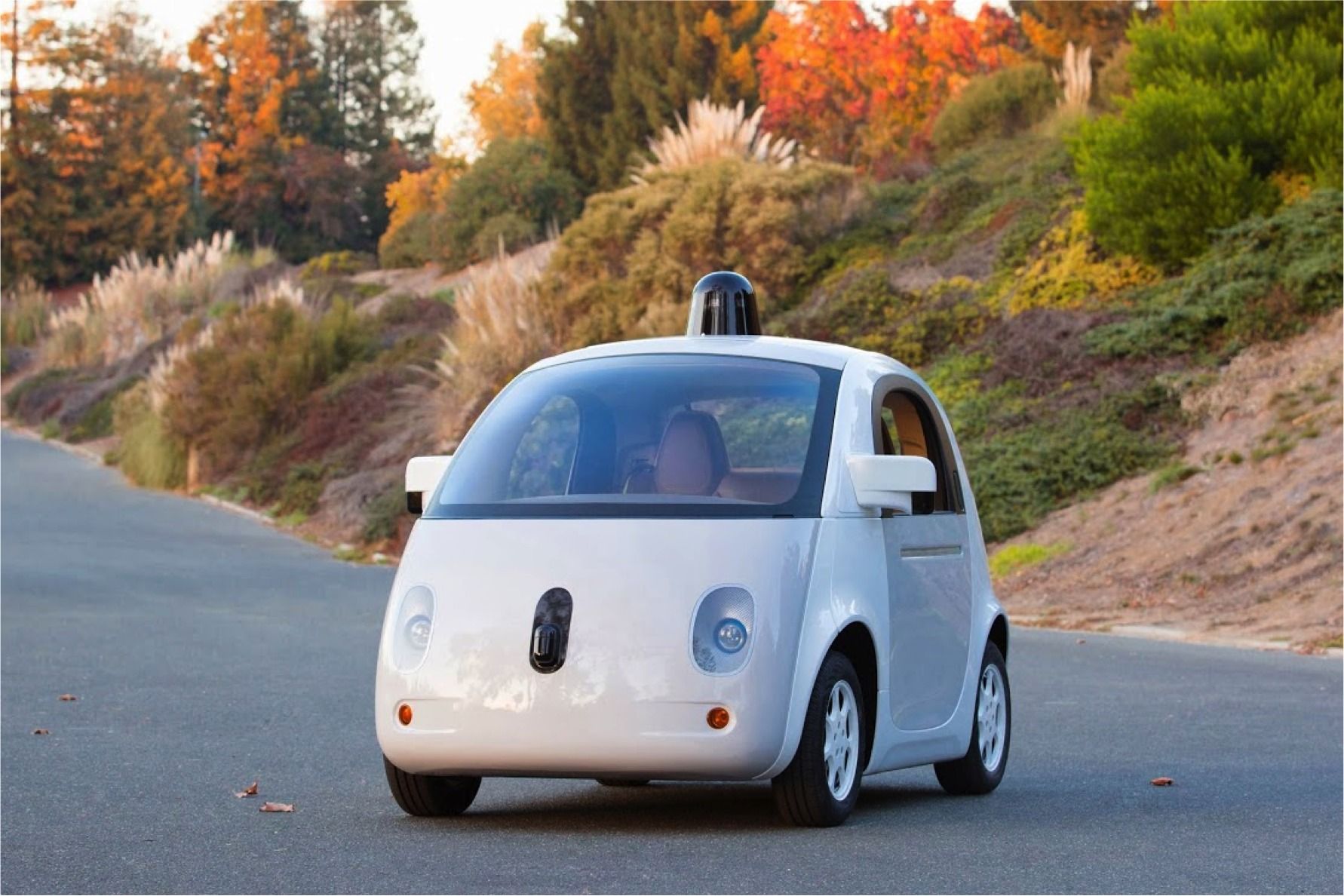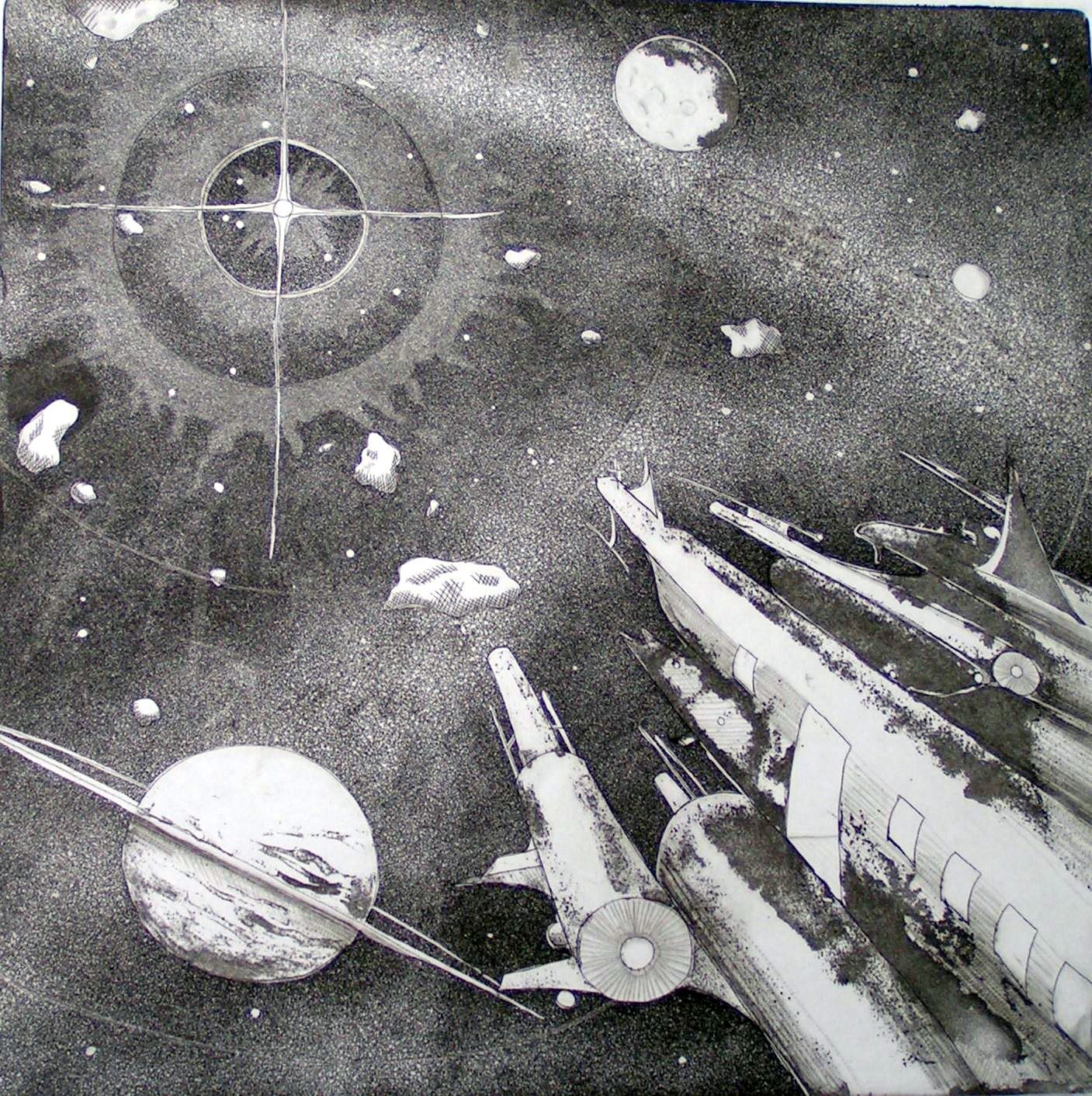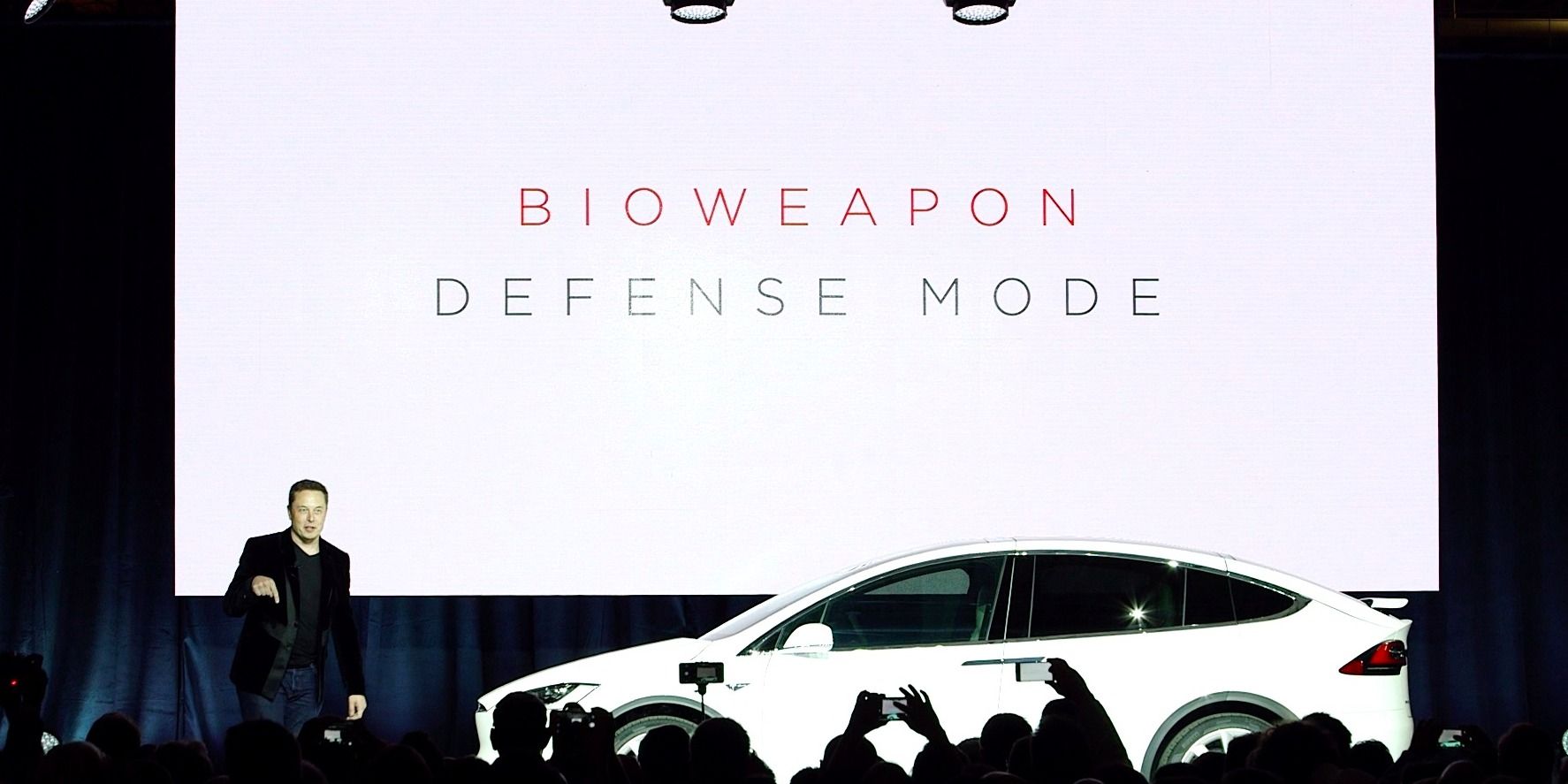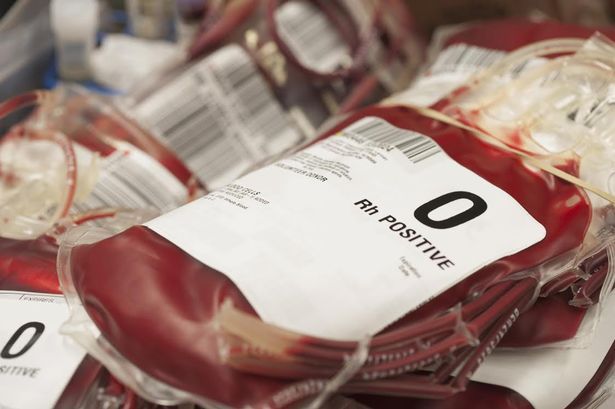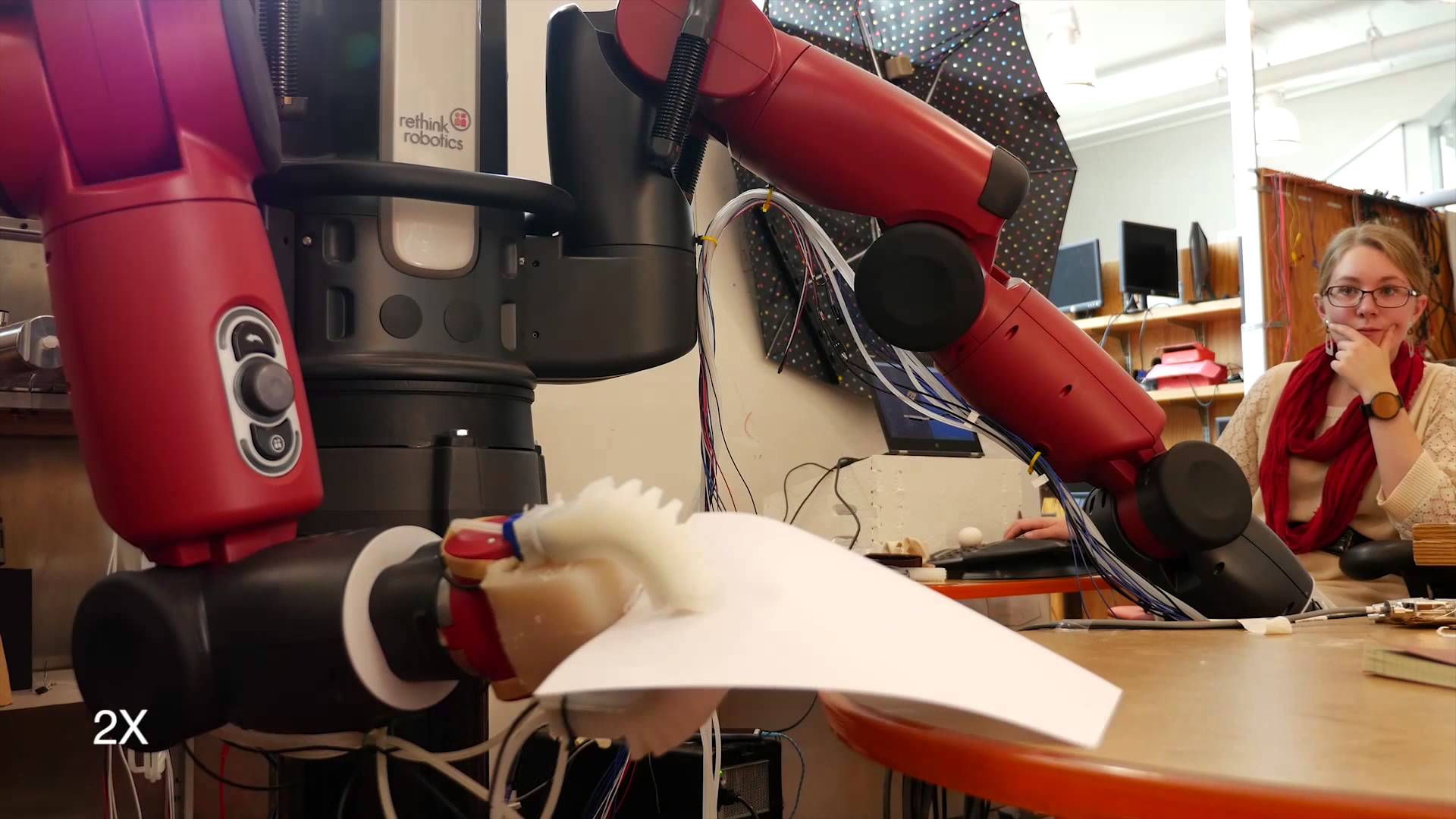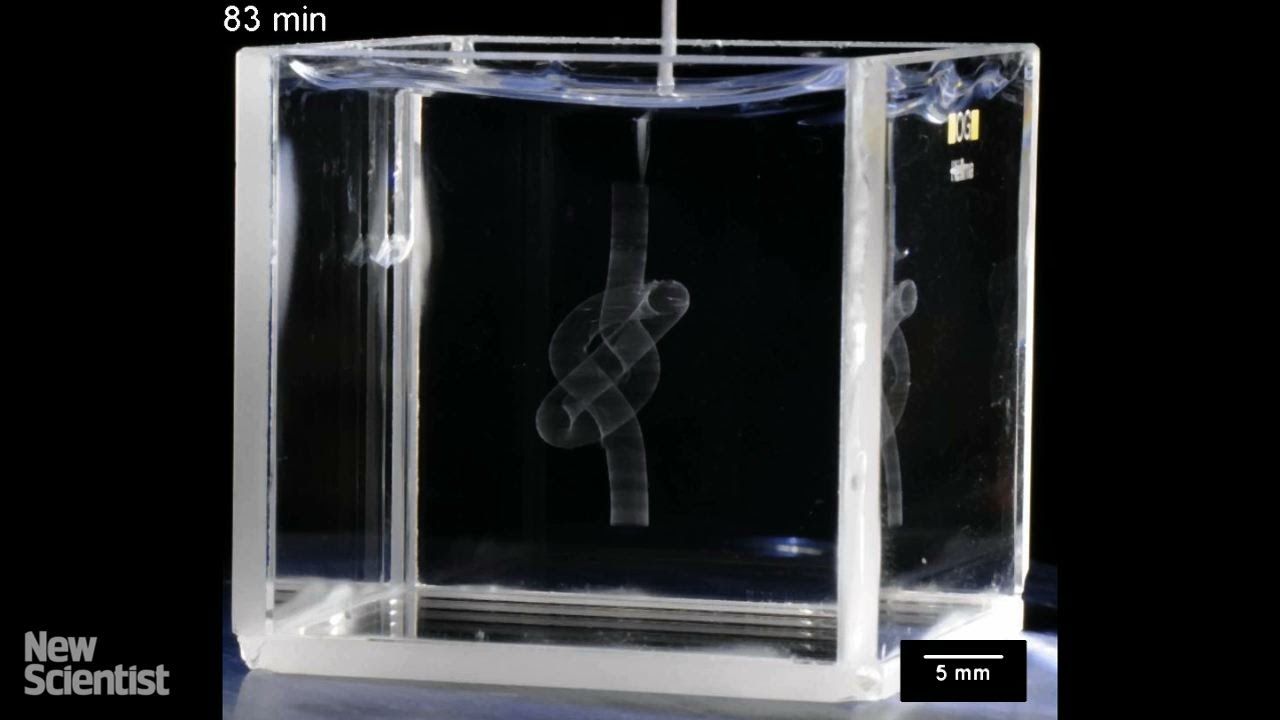Sep 30, 2015
Self-driving cars could reduce accidents
Posted by Shailesh Prasad in categories: health, robotics/AI, transportation
We all know that self-driving cars are cute and tend to be safer — at least according to Google’s self-released reports to date — but this new report has the self-driving revolution holding massive potential as one of the greatest things to happen to public health in the 21st century.
As The Atlantic reports, automated cars could save up to 300,000 lives per decade in the United States. Their reporting is based on this research paper by consulting firm McKinsey & Co., which is filled with fascinating ways that self-driving cars will help us accident-prone humans by midcentury.
From the McKinsey report (bold added by us to highlight the mind-blowing data):
